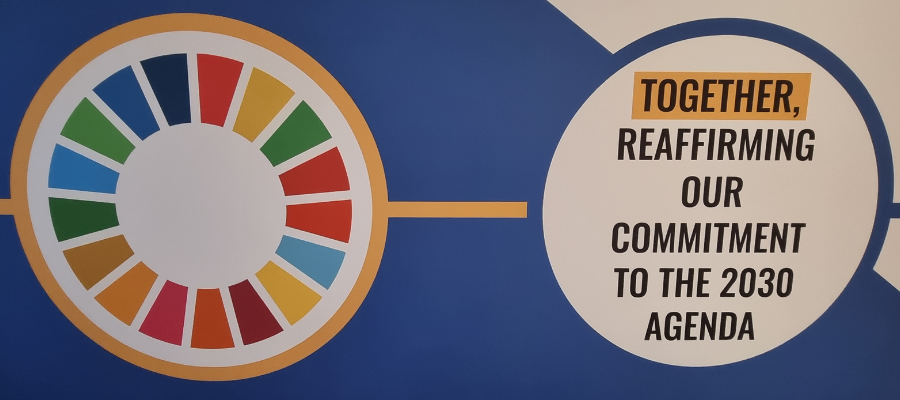
"The youth of today are the leaders of tomorrow."
Nelson Mandela
As Vice President of the Student Council at Loreto College, Kolkata, I stand among countless young Indians with an ardent desire to realise our potential within a society that supports equitable growth and inclusion. Representing youth interests through student-led projects has given me a profound appreciation for the essential role that targeted, inclusive policies play in harnessing the talents and aspirations of my generation. The Pact for the Future, especially Actions 34 and 35, embodies these ideals, urging the global community to prioritise youth empowerment through social protection, educational equity, and the advancement of human rights for all young people. These commitments echo a critical need—ensuring that every young person is not only provided the means to dream but also the support to thrive in a diverse and dynamic country like India.
India is home to the world’s largest youth population, with nearly half of its citizens under the age of 25. While this demographic offers unparalleled potential, systemic obstacles remain daunting. Despite a burgeoning economy, nearly 25% of Indian youth remain unemployed, with stark disparities in access to resources across urban and rural divides. In metropolitan centres like Kolkata, these social and economic barriers are compounded by limited access to quality education, healthcare, and mental health resources. For young people here, the realities are often far from the visions of empowerment outlined in global agendas. An estimated 80% of Indian youth lack access to structured mental health support, which, coupled with the pressures of educational and economic constraints, exacerbates conditions like anxiety and depression—particularly within college environments.
As a psychology student, I am profoundly aware of how interconnected these issues are. Having led mental health initiatives on campus, I have frequently encountered students overwhelmed by the demands of socio-economic limitations. The limited accessibility to counselling, compounded by the lingering stigma around mental health, creates a pressing need for informed, actionable policies at the grassroot level. Actions 34 and 35 hold particular relevance here, as they call for investments in holistic development that prioritise the mental and physical well-being of young people, from adequate health services to inclusive educational frameworks. In a city like Kolkata, where modernity and tradition intersect, these actions offer a vision to address disparities in social support, recognizing the youth as both beneficiaries and
active agents of social cohesion and equity.
What excites me most about the Pact for the Future is its grounded commitment to localise global promises into achievable actions, creating pathways that are as tangible as they are ambitious. To foster genuine resilience in Kolkata’s youth, there must be an ecosystem that promotes inclusive education, integrates mental health awareness within academic curricula, and advocates for job readiness. These ambitions are not just theoretical; they are grounded in the aspirations of students like me who strive for change. Actions 34 and 35 embody this vision by focusing on practical, sustainable frameworks that empower young people at every level—providing not only skills but also dignity, agency, and support to actively shape our futures.
Therefore, the Pact’s approach mirrors my mission as a student leader and mental health advocate. I am inspired by its vision of youth as resilient leaders, individuals who are empowered not only to dream but to act. In my opinion, the actions if implemented in its authentic reality, will prove to be a roadmap towards a future where we would have the opportunity to not just envision change but to live it.
Read the Pact for the Future HERE.
Author: Tanushua Goswami, Youth Intern
